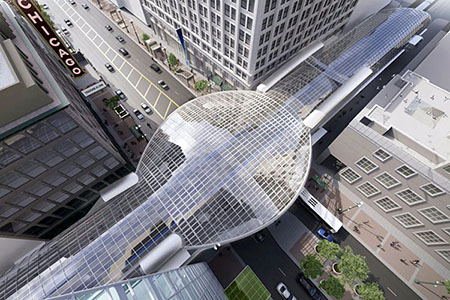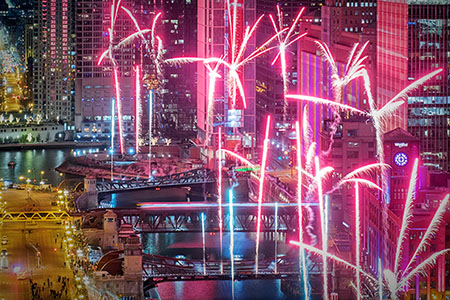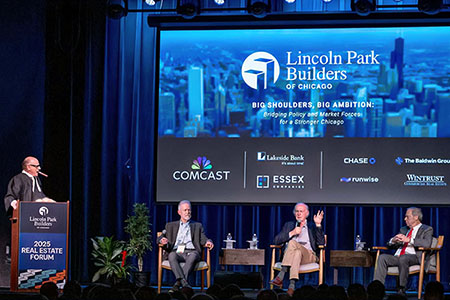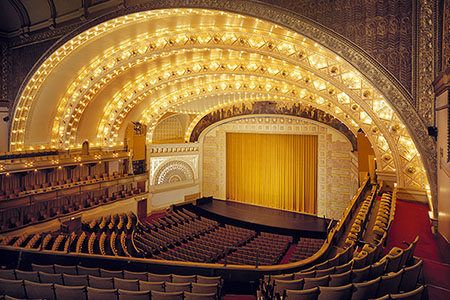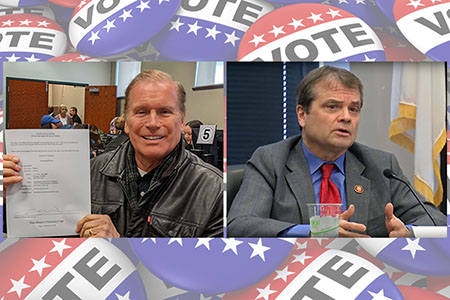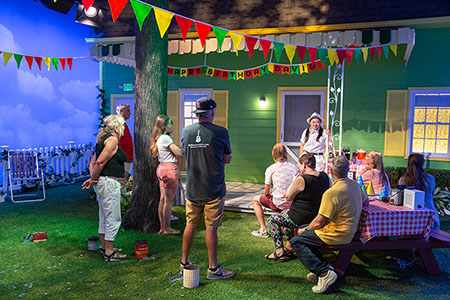As a federal investigation looms into police brutality on Mayor Emanuel’s watch, Don DeBat traces the roots of Rahm’s woes. Dec. 11, 2015 – If famed newspaper columnist Mike Royko was alive and writing this week about Mayor Rahm Emanuel, the headline above likely would be the lead paragraph of his column. On the cover of Boss, Royko’s definitive 1971 book on the life of Richard J. Daley, the mayor’s image is cast as a Roman emperor’s statue standing on Michigan Avenue near what today is Millennium Park.
Royko would agree that the past 65-year history of the Windy City really can be traced by the political decisions of its mayors, and how they worked to make Chicago a world-class metropolis. Politically attached to the White House, and financially connected to Wall Street, Rahm Emanuel likely viewed the job of mayor of Chicago as a steppingstone to higher office – maybe even president of the United States. However, Rahm’s dream of a political future may have expired on the streets of Chicago in 2014 after more than one young black man was gunned down by police because of unbridled brutality on his watch. Today, Chicago – known worldwide for decades as the gangster town of Al Capone – is now the blood-in-the-streets mecca of gang murders on the south and west sides, sparking daily headlines of innocent children being killed by stray bullets. Despite director Spike Lee’s dramatic effort to turn the story line of an ancient Greek comedy into today’s reality, the city rapidly is becoming “Lost Chicago,” a place where more and more long-time residents dream of leaving.
(Above) Cabrini Green in 2009, photographed by architect Iker Gil for MAS Context, a quarterly journal on urban issues. Problems start at Cabrini Green and other ghettos Mayor Emanuel’s problems today really began in the 1950s and 1960s, when Mayor Richard J. Daley’s administration built tens of thousands of high-rise public housing units on urban renewal land that would become future drug-filled and crime-infested black ghettos at Cabrini Green, Ida B. Wells, Robert Taylor Homes, and many other projects. During the late 1940s and early 1950s the urban high-rise seemed like a progressive and affordable way of housing Chicago’s poor. But it was an inhuman solution, experts now say with 20-20 hindsight. Then, a typical Chicago Housing Authority public housing unit consisted of three to five cinder-block-walled rooms, including a kitchen and a bathroom, all cramped into a high-rise cube with those awful security bars on the windows and balconies. This was housing that more resembled prison cells than a home. And these were the days when there were no jobs and no job training for the poor. It’s no wonder public-housing residents began calling their welfare check a “pay check.” No self-respecting human being would live in a CHA unit without receiving combat pay. But tens of thousands of poor people did for decades. The luckiest Chicagoans may be the ones who fled the city for the suburbs during the 1950s and 1960s era of racial change, when block-busting and panic-peddling were practiced by shady realty agents. Unethical sales tactics were accompanied by “redlining,” an unscrupulous lender practice that restricted the flow of conventional mortgage money to aging or racially changing neighborhoods.
Meanwhile, racial turmoil sparked an exodus of middle-class whites from neighborhoods such as Austin, Roseland, South Shore, and West Englewood. Later, many properties in these neighborhoods were abandoned by financially unqualified African-American borrowers who were courted by unscrupulous mortgage lenders. Thousands of black homeowners were foreclosed by Uncle Sam after they defaulted on low-down-payment loans insured by the Federal Housing Administration. The process sounds familiar. During the Great Recession of 2008, the eroding standards for mortgage lending and predatory lending practices often targeted minority borrowers. Looking back on the reign of Mayor Richard M. Daley, Boss Daley’s son should be applauded for tearing down a half-dozen of the city’s most infamous public housing projects and replacing them with mixed-income communities between 2003 and 2006. The right idea but not enough to go around One of the shining examples is Oakwood Shores (above), a 94-acre mixed-income community on Oakwood Boulevard (39th Street) between Langley and Ellis Avenues in the Oakland/North Kenwood neighborhood on the Mid-South Side. The community was planned for 3,000 new for-sale condominiums and townhomes and market-rate and affordable rental apartments. Under Mayor Rich Daley’s watch, a $1 million city incentive program was created to give buyers down-payment assistance through a grant. However, the Oakwood Shores community plan called for limiting the number of public housing residents to 30 percent of the mixed-income population, so 70 percent of the former residents of the Ida B. Wells project were asked to move and offered Section 8 rent vouchers. Many of those displaced were refused admittance into the new mixed-income community because they were considered undesirable residents with a criminal history, including drug dealing and gang membership, experts reported. So, armed with a Section 8 voucher, many of the residents moved to apartments or homes in Englewood, West Englewood, South Shore, West Side, and the near south suburbs. Simply put, Mayor Emanuel’s problems started when these displaced residents – drug dealers and gang members from the razed projects – started a gang war to claim turf for their very lucrative illegal business. That led to dozens of murders. The truth is that Rahm, with his focus on upscale downtown development – from Millennium Park to McCormick Place – has done little to create jobs for young blacks. With acres of vacant land sitting in Bronzeville, the historic African-American neighborhood on the Near South Side, and a federal investigation looming about the brutality of Chicago Police Department in black communities, one would think the mayor’s priorities would start to change.
|









 Previous story:
Previous story: 

